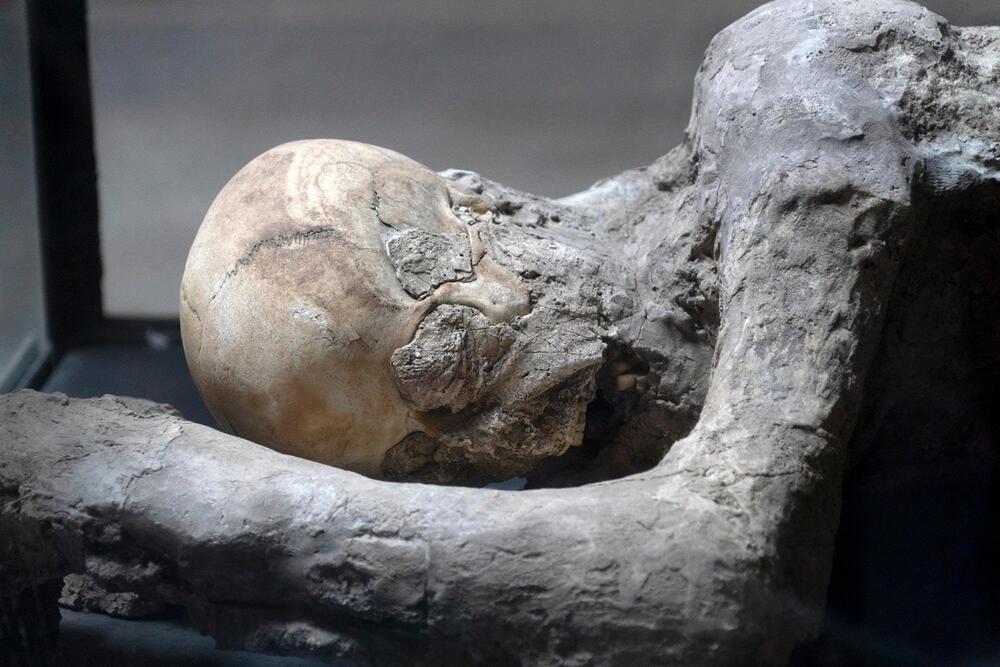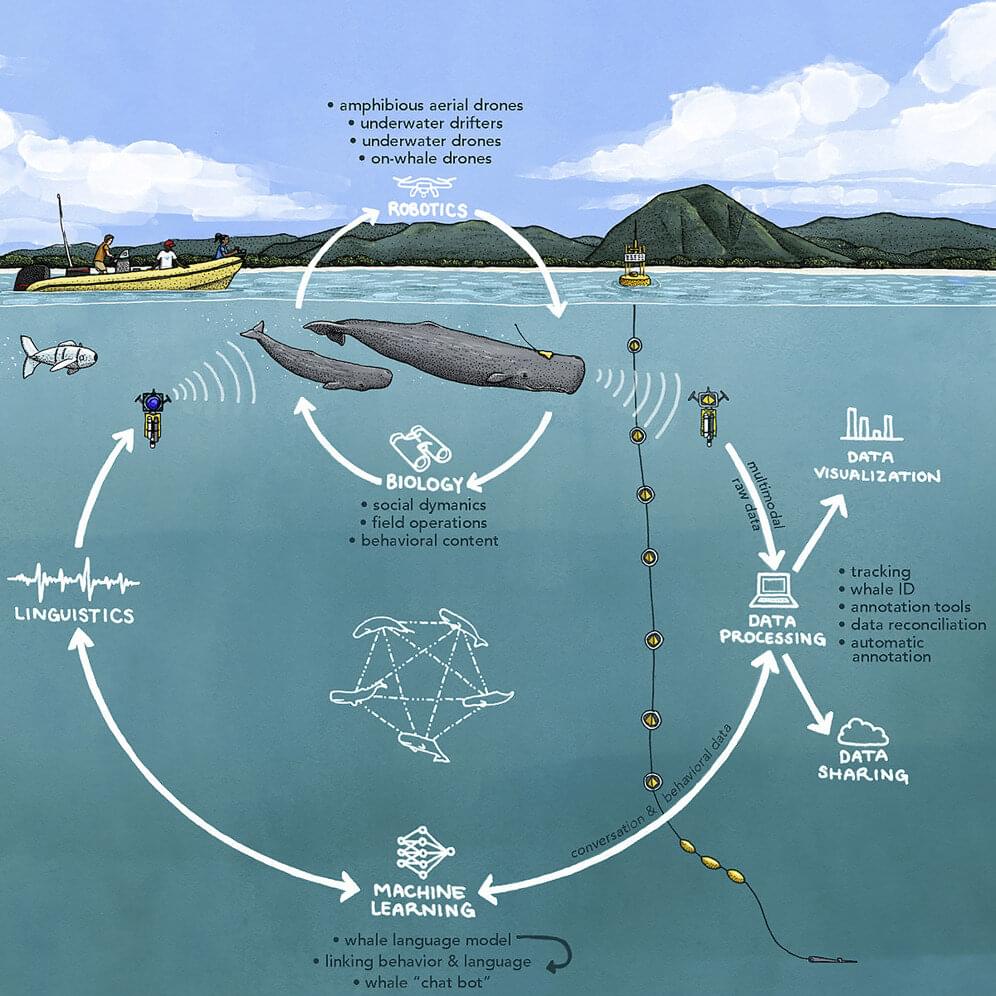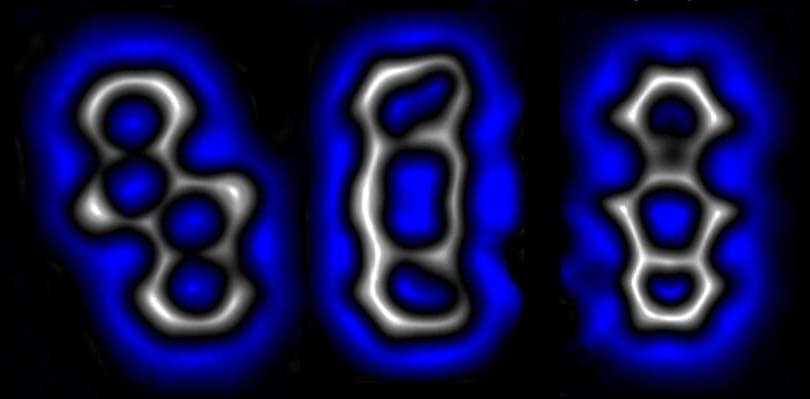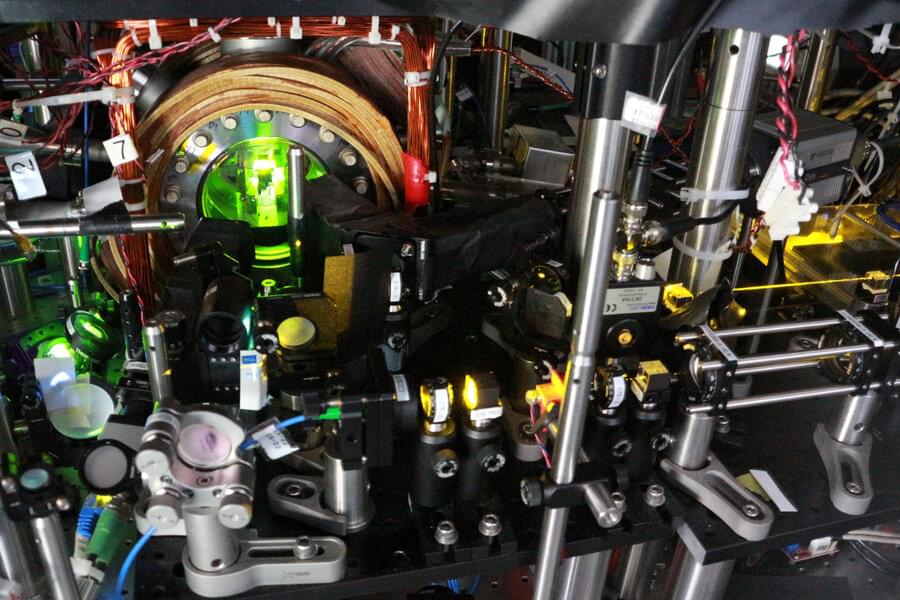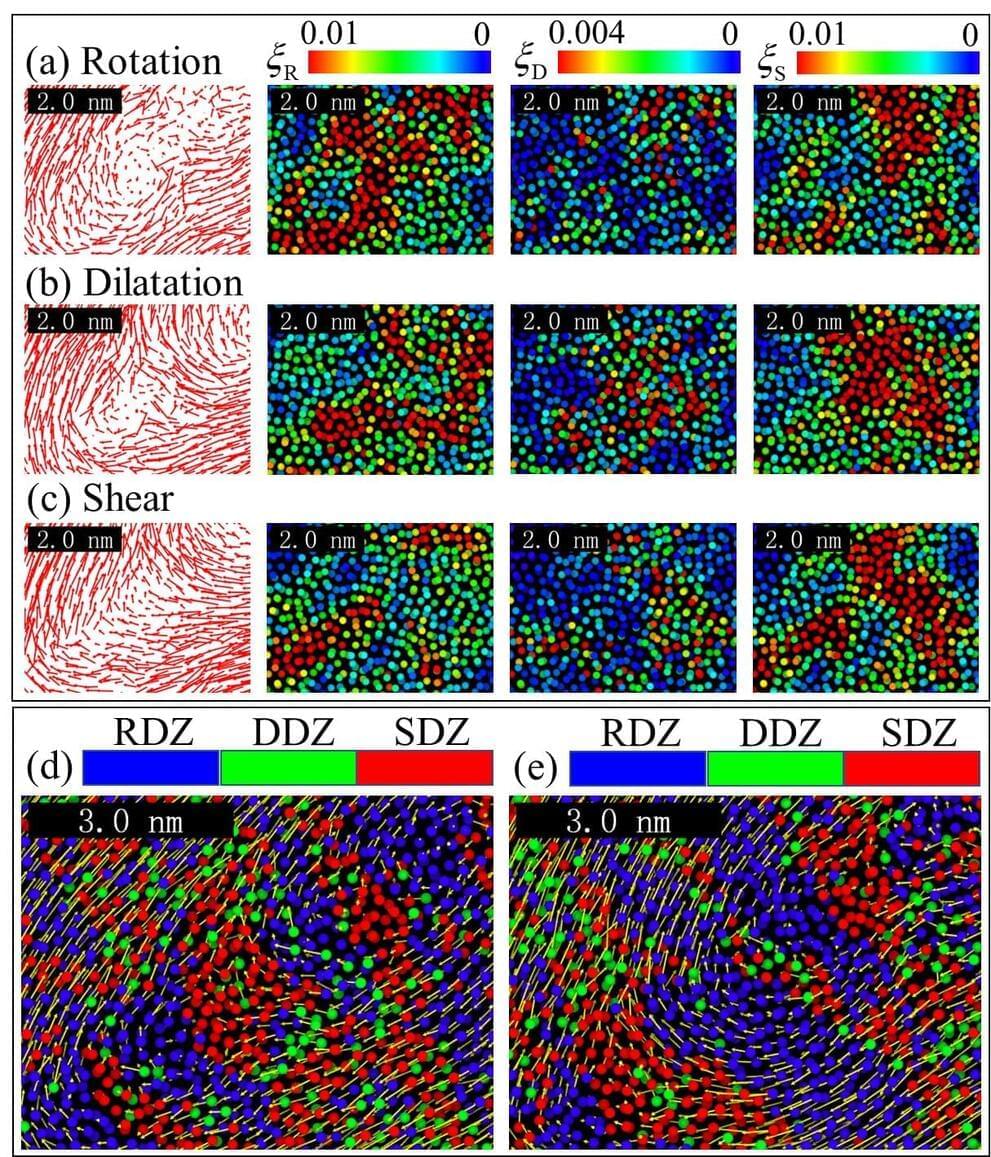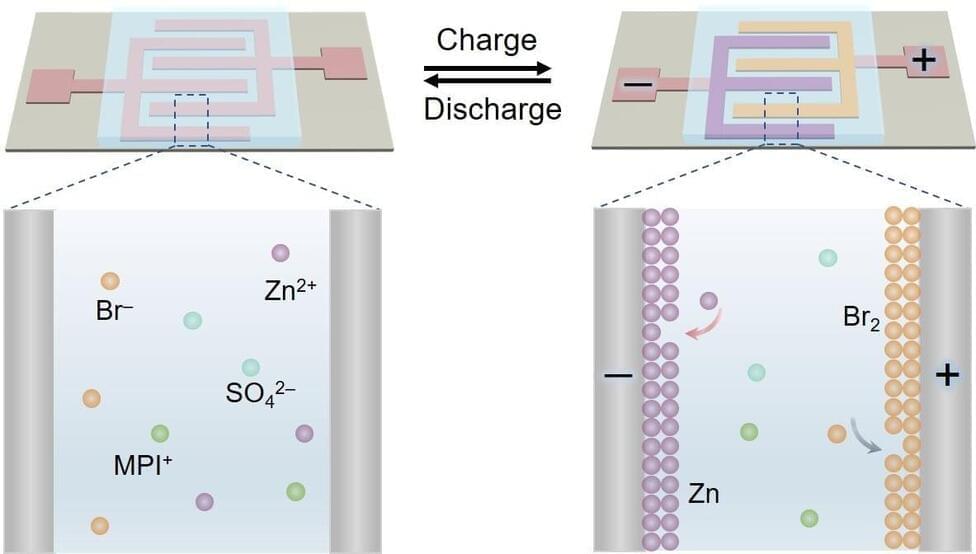Jul 16, 2022
Scientists Have Sequenced the DNA of a 2000-Year-Old Human From Pompeii
Posted by Genevieve Klien in categories: biotech/medical, genetics
Research that was recently published in Scientific Reports presents the first human genome that has been successfully sequenced from a person who passed away in Pompeii, Italy, after Mount Vesuvius’ explosion in the year 79 CE. Only little segments of mitochondrial DNA
DNA, or deoxyribonucleic acid, is a molecule composed of two long strands of nucleotides that coil around each other to form a double helix. It is the hereditary material in humans and almost all other organisms that carries genetic instructions for development, functioning, growth, and reproduction. Nearly every cell in a person’s body has the same DNA. Most DNA is located in the cell nucleus (where it is called nuclear DNA), but a small amount of DNA can also be found in the mitochondria (where it is called mitochondrial DNA or mtDNA).
